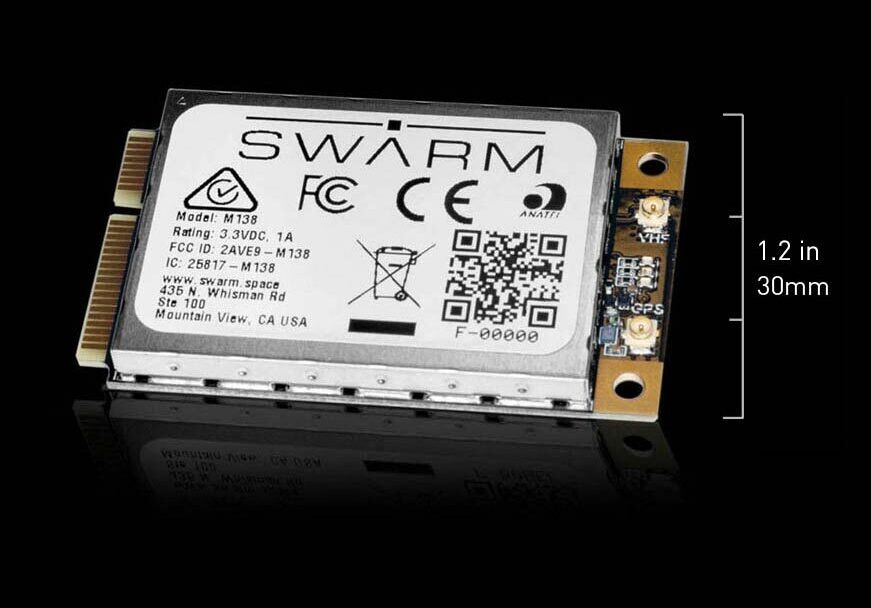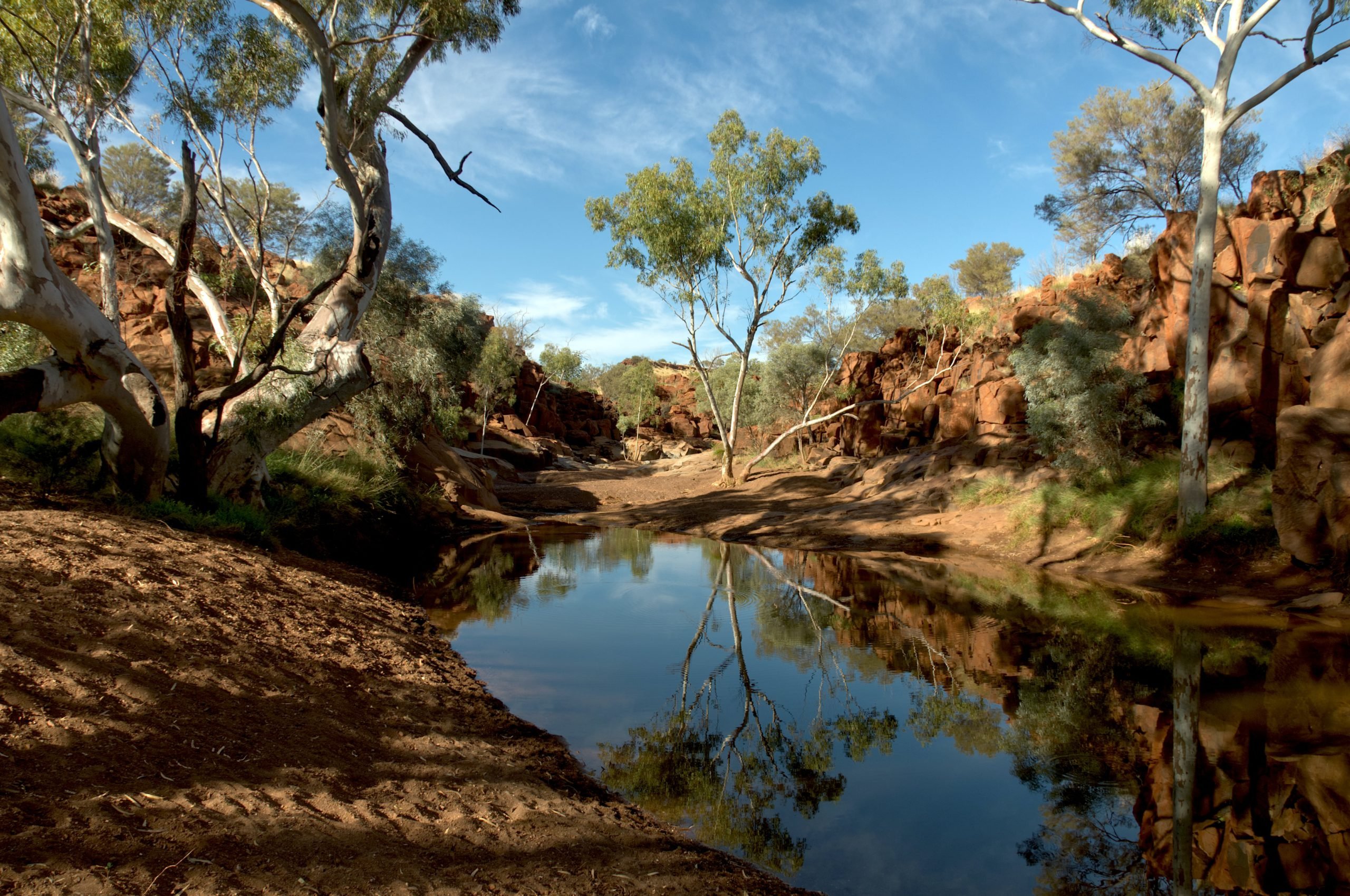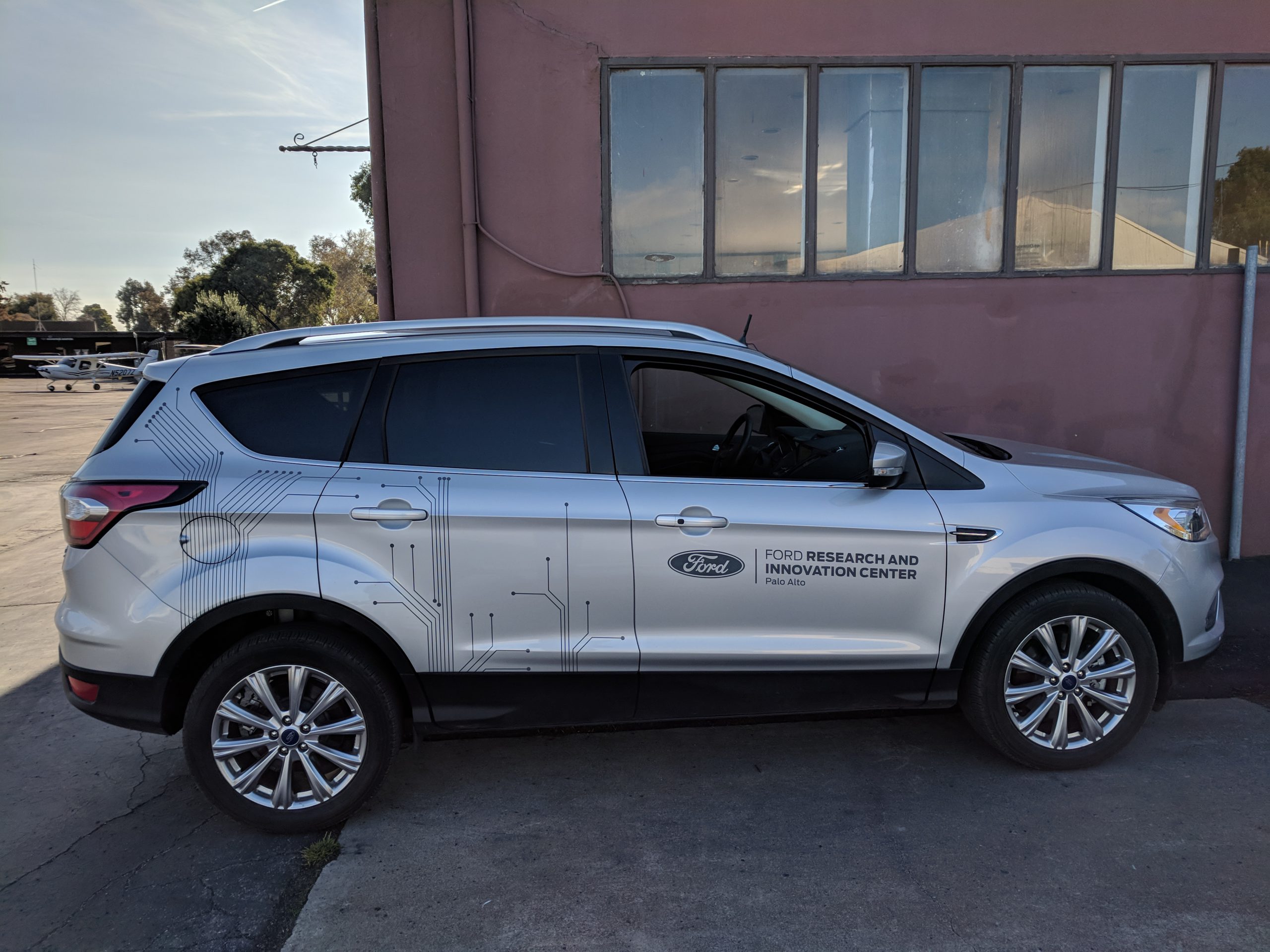
Swarm Chats: Marcy Klevorn, Former CIO, President of Mobility, and Chief Transformation Officer at Ford
February 3, 2021
Marcy Klevorn is a powerhouse in the automotive and transportation industry. She spent 36 years at Ford Motor Company, rising through the ranks to become Ford’s Chief Information Officer, the President of their Mobility business unit, and, finally, Chief Transformation Officer before she retired in 2019. Marcy has not slowed down since leaving Ford. She sits on the board of a public company and a university, and remains actively involved with her alma mater, the University of Michigan.
Marcy’s experience has given her an unparalleled view into the challenges and opportunities facing the auto and mobility industries, from the future of the connected car to how global connectivity benefits companies and consumers. Marcy has been a long-time champion of Swarm, and she sat down with our CEO, Sara Spangelo, to discuss everything from smart cities to supply chains, and where she sees Swarm fitting into the ecosystem.
Sara Spangelo: You held many roles at Ford over the course of your career. What major trends or evolutions in the mobility and transportation space did you see throughout your career?
Marcy Klevorn: The biggest thing was the vehicle no longer being a discrete thing but seeing it evolve to interact and create a better experience for the customer. Movement has always been about accessibility, and increasingly Ford and others have wanted to play a role in improving that accessibility. By having the vehicle not just be a discrete thing for moving from point A to B, but having it interact with other things – a gas station, other vehicles, a smart city – it’s improving people’s lives. The vehicle is now part of an ecosystem in your life that you view as integral to getting things done.
A great example is in 2007, Ford came out with our SYNC® product and put it first in the Focus, which is a non-luxury vehicle. That vehicle sold so well largely because of the SYNC technology, as opposed to other features that people traditionally looked for. It taught us that customers want a great experience in their vehicle, and that means it has to be connected.
SS: Yeah, it makes a big difference when a car connects through Bluetooth and I can listen to a podcast or make a call really easily. It’s the overall experience relative to traditional driving.
MK: Exactly, otherwise you’re going from point A to B and a stop sign is the only thing you’re interacting with!
SS: What trend or innovation are you most excited about right now in terms of its potential to impact the mobility industry?
MK: I’m super excited about the role that smart cities and smart infrastructure play in all this. It’s something that’s still very nascent and a little messy, but that’s part of the excitement. The ability to create a win-win situation with people traveling and making a city a better and safer place… we haven’t even scratched the surface there.
I’m super excited about smart cities and smart infrastructure. The ability to create a win-win situation with people traveling and making a city a better and safer place… we haven’t even scratched the surface there.
SS: I read that 20 or 30% of cities are really just parking areas, which results in sprawl and a lot of other problems. What does your city in 50 years look like that addresses some of these issues?
MK: It’s a really timely question due to COVID. Even in the small Michigan town I live in, they’ve done a great job of blocking off Main Street to vehicles so people can enjoy outdoor dining safely. I read that COVID is acting like a time machine to accelerate things, so I wonder if some things we’re experiencing now end up staying because people are getting used to this type of freedom of movement in a city or town. And no one has complained about parking! Everyone seems okay with finding alternatives because they’re really enjoying the access to their city.
SS: Do you see rideshare as a big part of that?
MK: Before the pandemic hit, there was a big trend toward ridesharing. In big cities, public transportation is obviously a major form of transit. But with COVID we’re seeing a trend toward more individual transportation. I’m curious if there will be a convergence between shared and personal transportation where people feel safer and also have the convenience of, say, being on a work call. Maybe things like personal pods in public transportation? I also see the importance of airspace. It’s uncharted territory how these different modes of transportation might combine and the importance that airspace will play in that.
SS: What does the availability of low-cost, global connectivity mean for a company like Ford across the supply chain, safety, etc.?
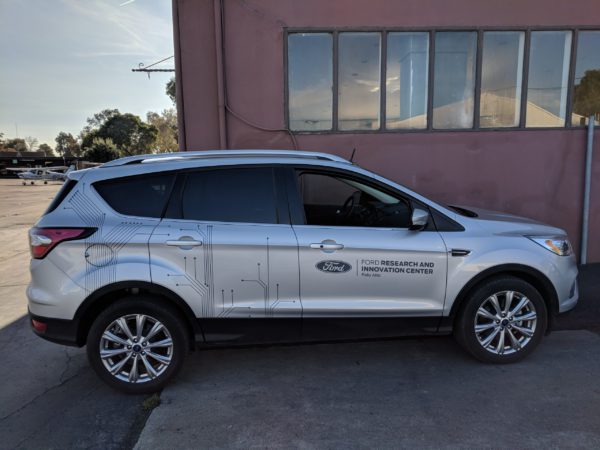
MK: The benefits are immeasurable and countless. Starting with the customer, connectivity gives them the option to do things besides drive from point A to B. They can take a conference call, put their Starbucks order in, look for a gas station… it’s really endless how it can create a better customer experience. And that makes the customer stickier for a company. If you provide a great experience and it’s simple, people will stick with you. That’s a big top-line revenue opportunity that didn’t exist for companies before. You can now partner with car washes and gas stations and coffee shops – you can create a whole ecosystem.
It’s endless how connectivity can create a better customer experience. And that makes the customer stickier for a company. If you provide a great experience and it’s simple, people will stick with you.
Safety is another factor. Companies have recalls due to safety issues. With connectivity, we can find the vehicle faster and get that part replaced more quickly. Also with directions, connectivity can reroute you if there’s an accident or get you out of harm’s way.
From a supply chain perspective, connectivity provides data – realtime and historical – about the performance of a supplier’s part in a vehicle. How long are those brake pads lasting before they wear? Can we advise the customer right before they wear that they need to get them changed? That keeps the customer safe, brings in revenue to the dealership, and provides the supplier with data about how their part is operating. Connectivity is so important in almost every aspect I can think about!
SS: What do you think the impact of low-cost, global satellite connectivity will be on the world at large over the next few years?
MK: I think it can help with the equity problem of providing connectivity to areas that others have not thought of or where it’s been too costly. I’ve thought a lot over the last year about the equity of connectivity and communications.
SS: What was your first impression of Swarm when you were introduced to us?
MK: From a personal perspective, I loved how humble and down-to-earth you were. Professionally, I’ve talked to many, many tech companies over the years and often find they either have a good business idea but lack the technical chops to bring it alive, or they have the technology and are looking for a problem to solve. What blew me away about Swarm is that you came to the table with both in mind. And that impression hasn’t changed!
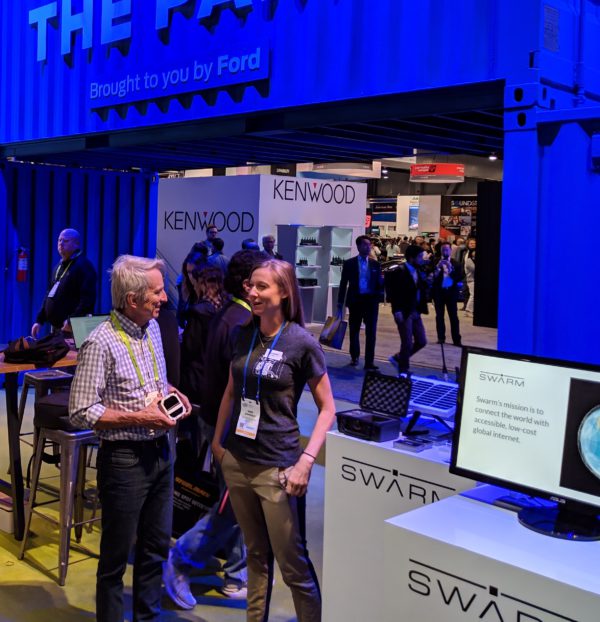
SS: Looking back over your career, what is one thing you’re most proud of having accomplished?
MK: Any impact I was able to have on team members in their development. You can learn something from every single person. I always tried to do myself out of a job so I could leave and things would continue on. To do that you have to make sure people are prepared, and it was a great privilege to work with so many fantastic people.
SS: You also inspire so many people outside of Ford – like me! And I agree, that’s also the part I find most rewarding about Swarm – seeing people grow and develop.
MK: Technology changes, product changes, industry changes, but the constant really is people – that’s what makes it all happen.
SS: What is one habit or way of doing things that has made you successful throughout your career?
MK: I’d say the ability to swing between strategy and operations. When you feel comfortable doing both it opens opportunities. As a senior leader, you have to have a higher level vision and be guiding people toward it, but if you get too far removed from what’s happening on the ground you can lose empathy for what people are going through and you won’t be as active in removing obstacles for them. You can also better detect when something is going wrong and know the right questions to ask. You can’t do everyone’s jobs anymore, but now and then you need to be able to put your hand on the steering wheel, while also being able to step back and make sure you’re still going toward the right vision. And you have to be humble enough to make tweaks to that vision as you learn things.
As a senior leader, you have to have a higher level vision and be guiding people toward it, but if you get too far removed from what’s happening on the ground you can lose empathy for what people are going through and you won’t be as active in removing obstacles for them.
SS: ‘Hand on the steering wheel’ is a great analogy. I think it takes discipline to do both and swing between. As a systems engineer, I tend to want to jump in and fix things but I don’t always have the time.
MK: Yeah, you have to build a great team around you. And you never want to lose the ability to learn. Especially in the tech industry, things change so fast and you can get stale quickly if you’re not open to learning from people around you who might have the right answer.
SS: If you could moonlight for a week in another career, what would you do?
MK: It’s a tie but they’re so different! During the pandemic it’s been eye opening to see what healthcare professionals go through. So moonlighting in a hospital would be very eye opening and rewarding to have a full appreciation for what’s going on and what they’re doing.
The other one is I would love to work in a vineyard. It’s so interesting to see how climate and soil and rainfall all come together. I read a lot about it. It’s really a science and an art coming together. Plus I enjoy drinking wine!
_______
This interview has been lightly edited for clarity and length.
Want more? Check out previous Swarm Chats with former NASA Astronaut Ed Lu, Former Blue Origin President Rob Meyerson, and Jonny Dyer, former Chief Engineer of Skybox Imaging.
